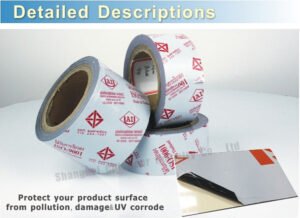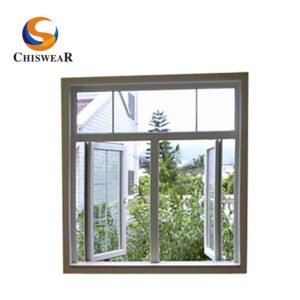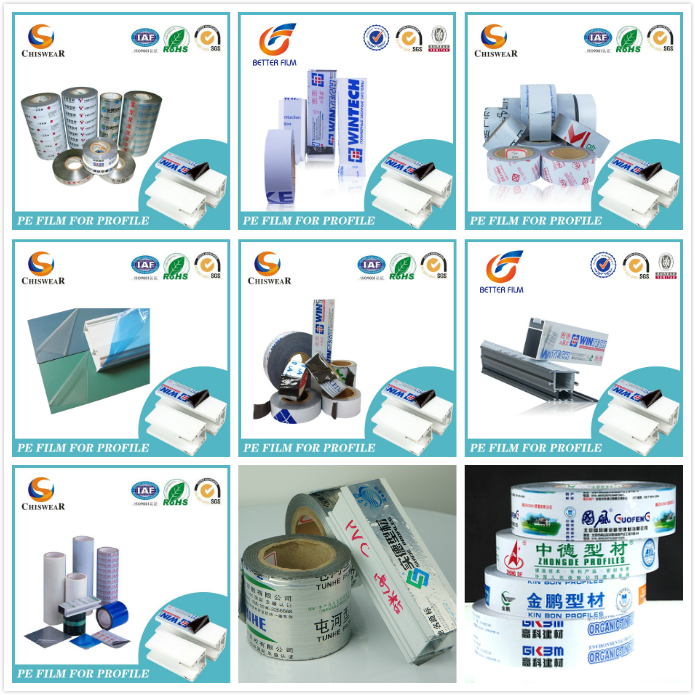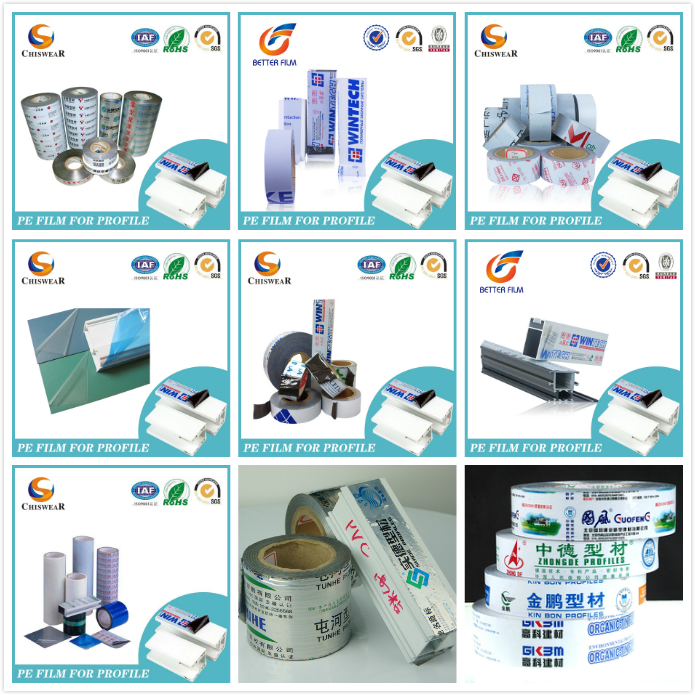Table of Contents
- Meta Description
- Challenges in Renovation Projects: The Menace of Dust, Stains, and Damage
- The Mechanism and Application of Protective Films in the Renovation Process
- Mechanism
- Application
- Dust Prevention: How Protective Films Effectively Block Dust Intrusion
- Stain Resistance: The Advantages of Protective Films in Combating Stubborn Stains
- Damage Protection: How Protective Films Shield Materials from Accidental Damage
- Case Study: Demonstrating the Practical Effects of Protective Films in Renovation Projects
- Conclusion: The Indispensable Role of Protective Films in the Renovation Process
- References
Meta Description
Let’s explore the vital role of protection films as a guardian of renovation projects in preventing dust, stains, and damage during renovation projects.
Challenges in Renovation Projects: The Menace of Dust, Stains, and Damage
Renovation projects come with significant challenges compromising the cleanliness of the environment. While transforming your living space or workplace, dust, stains, and accidental damages are persistent problems in renovation projects diminishing the quality of the outcome. Renovations customarily take place in occupied spaces making prevention and cleanliness critical.
Dust is an unavoidable byproduct of renovation activities throughout drilling and sanding. This not only increases cleanup efforts but also poses health risks to occupants. Stains ranging from paint splashes to spilled coffee can ruin surfaces permanently if not addressed timely. These displeasing marks not only influence aesthetics but also compel costly repairs or replacements. Renovation tools and the movement of workers can accidentally cause damage to surfaces, furniture, and fixtures inducing delays and additional expenses.
The Mechanism and Application of Protective Films in the Renovation Process
Protective films act as a shield, providing extensive solutions to these problems. Good-quality protecting film ensures unmatched protection during renovation projects against dust, stains, and potential damage. These films are made from different materials such as polyethylene, polyester, or co-extruded plastic available in various thicknesses and adhesive strengths to suit different applications, engineered to resist wear and tear, providing a reliable shield against scratches, impacts, and chemical exposure throughout the renovation process.
Mechanism
Protective films work as a barrier between surfaces and external elements. Their adhesive backing ensures secure attachment to surfaces even during intense renovation activities, ensuring they remain firmly in place, and provide a reliable shield against scratches, spills, and chemical exposures. Additionally, these films are designed to leave no residue upon removal, making removal clean and effortless.
Application
Protective films can be applied on the floor to shield hardwood, tile, or carpeted surfaces from scratches and stains, and on windows, glass panels, walls, furniture, and fixtures to prevent dust, stains, scuffs, and scratches ensuring their finish remains intact.
PE Protective film for panels is designed to shield from pain splatters, adhesives, and accidental damage. PE plastic protective film is a durable solution to protect profiles from dust and abrasions. Window Sills Protective Film shields windows from dust, paint, and accidental scuffs maintaining their pristine condition.
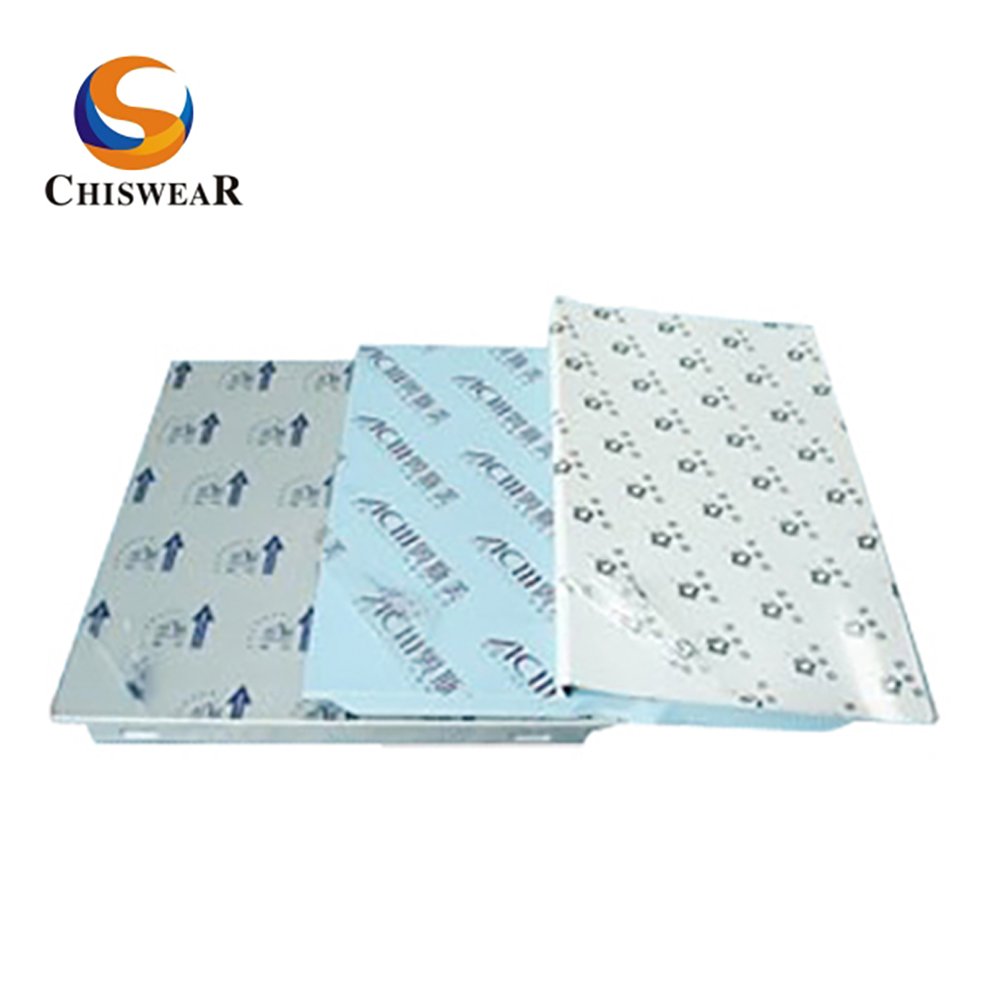
Dust Prevention: How Protective Films Effectively Block Dust Intrusion
Dust prevention is crucial in renovations, especially in inhabited places or sensitive environments like hospitals. Protective films contribute significantly by sealing off surfaces and areas prone to dust infiltration such as:
- Window films hinder dust accumulation on glass surfaces or window frames, preserving clarity and reducing cleaning efforts.
- Door films protect entryways and prevent dust migration between rooms.
- Floor films trap dirt particles, maintaining a clean workspace.
By using protection films, contractors can lessen airborne dust, creating a safer and healthier environment for occupants and workers. Protective films serve as an effective barrier by preventing these substances from adhering to or penetrating vulnerable materials.
Stain Resistance: The Advantages of Protective Films in Combating Stubborn Stains
Renovations often involve paint and varnish which can easily stain surfaces. Protective films work as shields, ensuring these substances do not wreak havoc on vulnerable surfaces like carpets and furniture. Protection films ensure these surfaces remain unstained simplifying post-renovation cleanup, and maintaining the pristine condition of the area being worked on. Protective films on floors, walls, and fixtures prevent dust, spills, and paint splatters from causing permanent stains. Films on glass and other smooth surfaces simplify cleanup by preventing adhesives from bonding directly to the material. High-quality protective films can withstand exposure to solvents and chemicals used during renovations.
Damage Protection: How Protective Films Shield Materials from Accidental Damage
Renovation projects involve frequent movement of tools, materials, and workers, increasing the likelihood of accidental damage. No matter how careful you are accidental spills will leave surfaces stained and damaged if the spill is chemical. Protection films offer a robust layer of protection during renovation projects. Protection film on hardwood floors and countertops protects against scratches from tools, stains, and debris. Thicker films on glass and mirrors provide impact resistance by absorbing minor impacts, preventing cracks and chips. Films on walls and furniture safeguard against scuffs and abrasions caused by accidents during renovation. Protection films minimize damage preserving the original condition of surfaces and reducing the need for costly repairs. Protective films protect surfaces from potential damage caused by UV radiation and damage caused by corrosion and moisture.
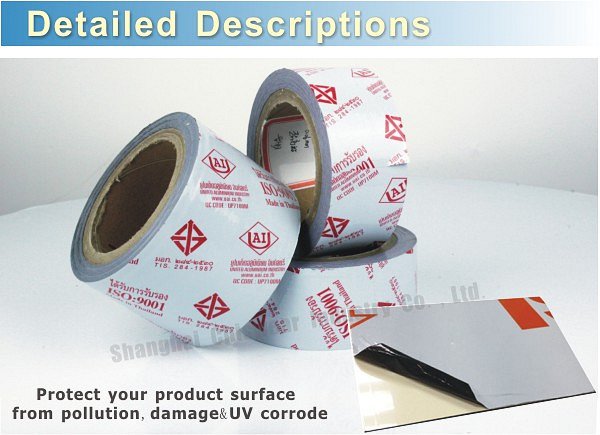
Case Study: Demonstrating the Practical Effects of Protective Films in Renovation Projects
Consider a high-rise apartment renovation where dust, stains, and damage pose significant challenges. With delicate surfaces, expensive furniture, and heavy foot traffic, these spaces require cautious handling to avoid costly damages and extensive cleanups. One effective solution popular in the construction and renovation industry is protection films, safeguarding floors, furniture, and walls from potential damage during renovation.
Flooring is often the most vulnerable area during renovation projects. Carpeted areas are covered with self-adhesive protective film made from polyethylene, preventing stains from spilled paint and scratches from moving furniture. Clear protection films shield large glass panels maintaining transparency while protecting them from accidental impacts. Temporary wall films safeguarded freshly painted surfaces from scuffs and scratches during furniture installation.
The use of protective films resulted in reduced cleanup time, no additional costs for repairs, and satisfied clients who appreciated the attention to detail in preserving their property.
Conclusion: The Indispensable Role of Protective Films in the Renovation Process
Investing in high-quality protective films not only protects surfaces but also increases the reputation of contractors by demonstrating professionalism and care. Protective films are more than just a precautionary measure, they are a key component of efficient and successful renovation projects.
For homeowners and professionals alike, these unsung heroes of renovation projects are indispensable guardians, safeguarding the beauty and integrity of the spaces they transform. By preventing dust, stains, and damage, these films ensure that the renovation process is cleaner, safer, and more cost-effective.



